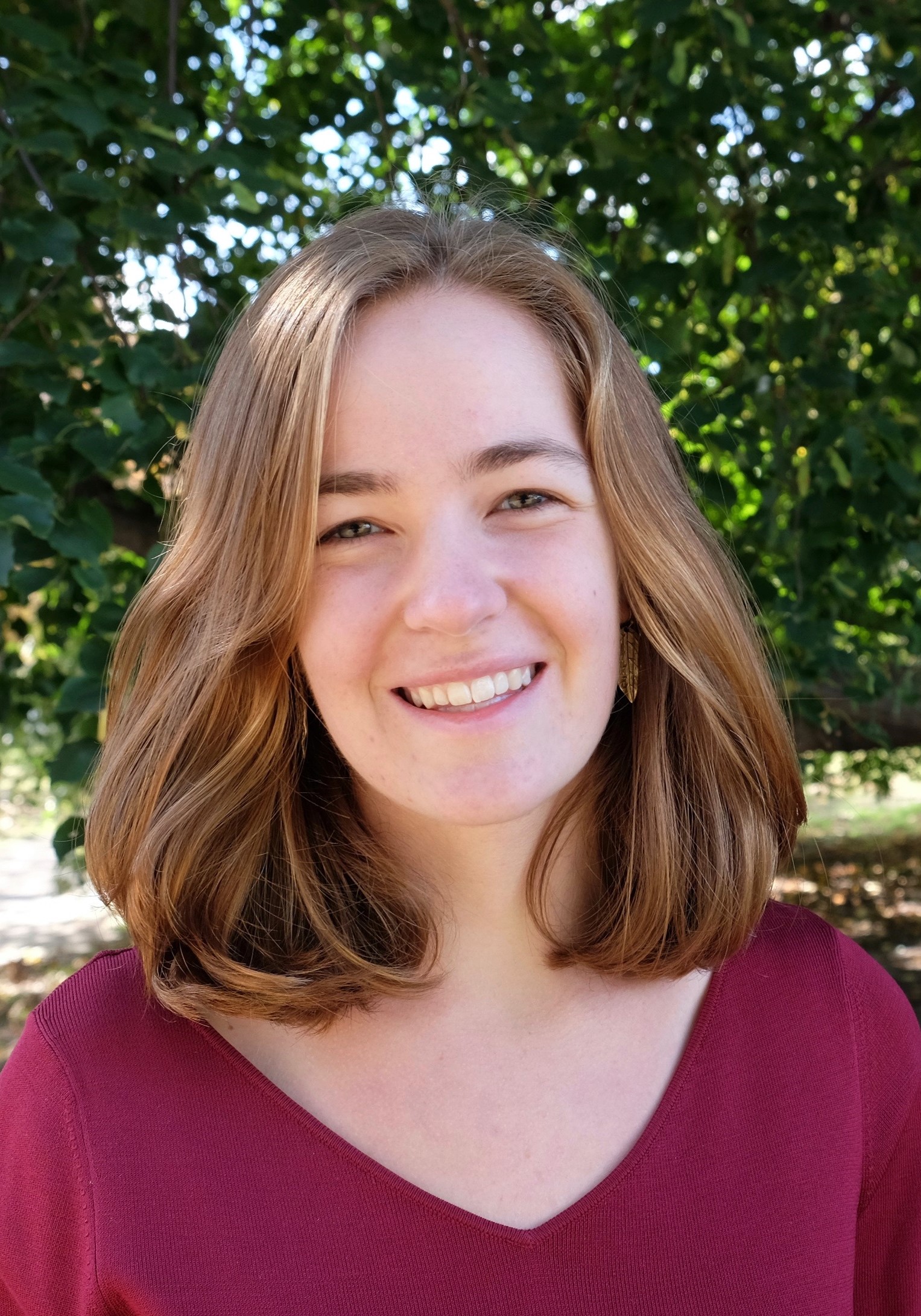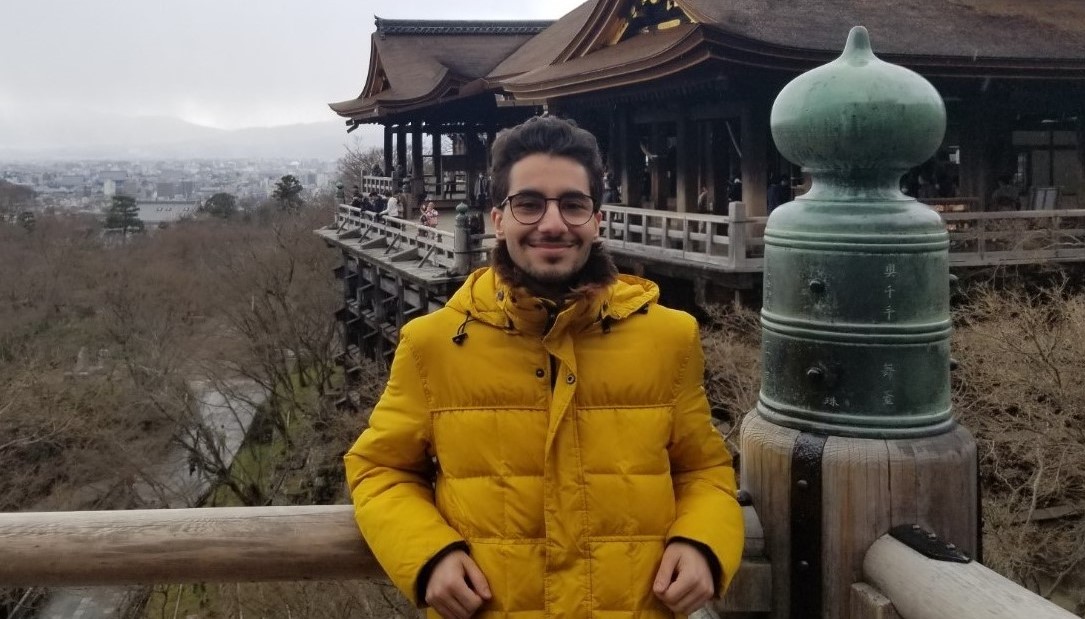Live Poster Session: Zoom Link
Thursday, July 30th 1:15-2:30pm EDT
Abstract: Our research is focused on elucidating the functional significance of a ‘GCN’ 3-nucleotide periodicity observed in protein coding open reading frames (ORFs). GCN is overrepresented in the initial codons of ORFs (the ramp region), particularly in highly expressed genes. The Weir lab has observed through Molecular Dynamics (MD) simulation that there is an interaction surface located in the mRNA entrance tunnel of the ribosome near the A site decoding center. This CAR interaction surface consists of 16S/18S rRNA C1054, A1196 (E. coli numbering), and yeast ribosomal protein Rps3 R146. Further investigation of this interaction surface revealed that there is an mRNA-ribosome interaction (through hydrogen bonding) between the CAR interface and GCN in the mRNA +1 codon which is the codon about to enter the A site. We hypothesize that this mRNA-ribosome interaction can lead to modulation in protein translation, and under different conditions (e.g. stress conditions) or sequence contexts, the mRNA-ribosome interactions can serve as a mode of regulation for protein translation. Previous wet lab experiments have shown that mutations that deviate from the GCN periodicity in the ramp region lead to changes in protein expression levels. The western blot analysis was followed up with mRNA abundance and protein stability assays to ensure that the mutations did not significantly alter overall mRNA abundance levels and protein stability which could both affect steady-state protein expression levels. We similarly made mutations in the mRNA in MD simulations of the ribosome to observe how the mRNA-ribosome interactions may change. Specifically, we observed that deviating from GCN led to decreased interactions (through hydrogen bonding) between the CAR interface and the mRNA +1 codon. Indeed, A-rich and CGN codons show particularly weak CAR interactions. We hypothesize that the codon identity and the degree of conformance to the GCN periodicity of the codons in the ramp region determine the level of mRNA-CAR interaction and hence the level of protein expression.
2020_Wet_Lab_Poster-Jack-KwonLive Poster Session: Zoom Link
Thursday, July 30th 1:15-2:30pm EDT




